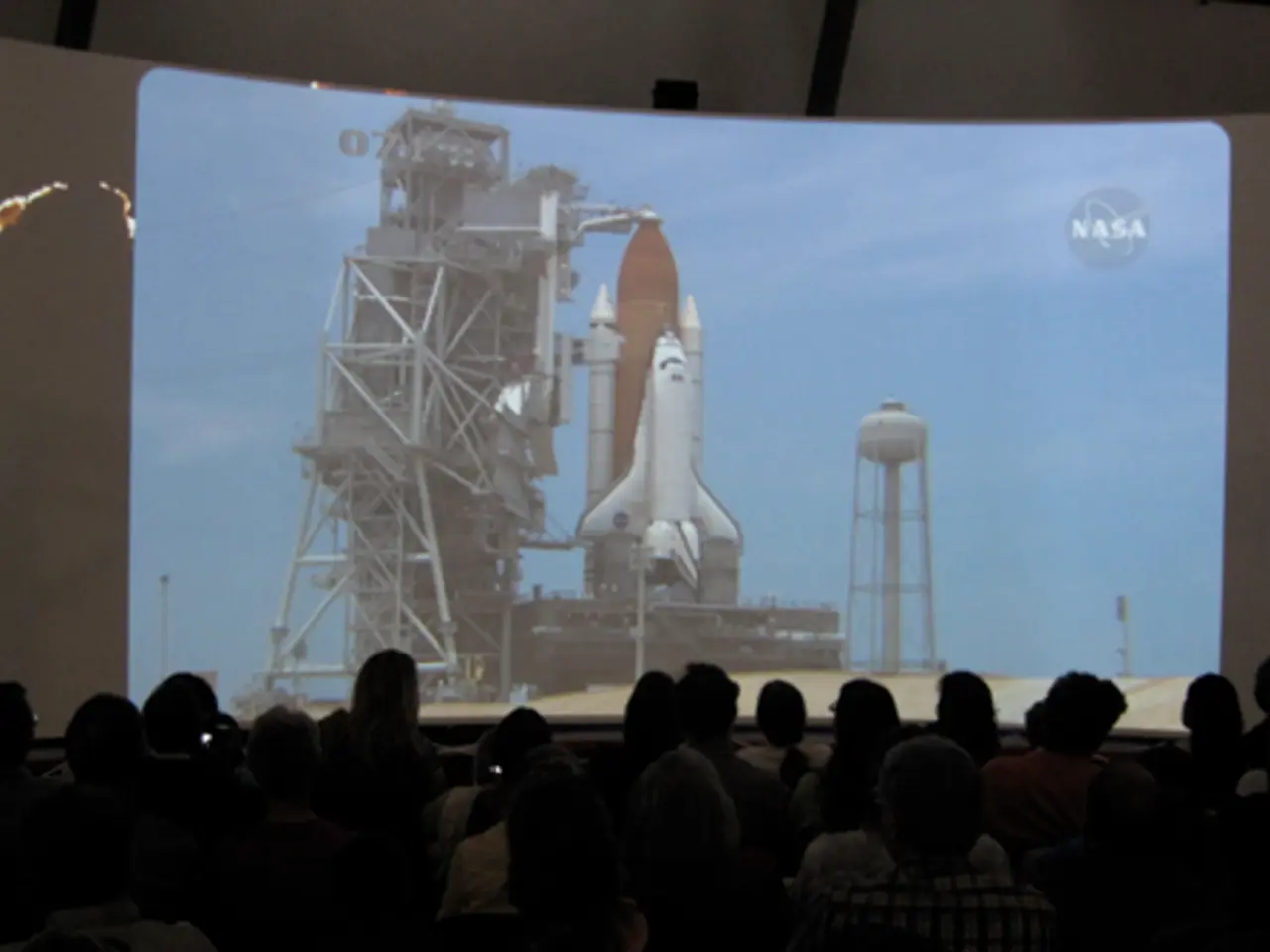Iran successfully launches telecom satellite Nahid-2 into orbit using a Russian Soyuz rocket.
In a significant development, Iran's second homegrown satellite, Nahid-2, was successfully launched into orbit on Friday morning from the Vostochny Cosmodrome in Siberia, Russia. This launch marks a continuation of Iran and Russia's cooperation on ventures into space.
The operational life of the Nahid-2 satellite is planned for two years. Its launch was a follow-up to Russia's launch of a pair of Iranian satellites named Kowsar and Hodhod in November 2020. These satellite projects align with Iran's plans for self-sufficiency in space technology and the development of commercial and research applications.
The Nahid series of satellites (1 and 2) were designed and built by the Iranian Space Agency. The development of the Nahid 2 satellite continued despite delays due to technical problems and international coordination. Four stations were built in different parts of Iran to complement the performance of the NAHID-1 satellite.
Russia maintains a delicate balancing act in the Middle East, trying to maintain warm relations with Israel while developing strong economic and military ties with Iran. The launch of Nahid 2 highlighted strong ties between the two countries. In January, Russia and Iran signed a "strategic partnership" treaty.
Iran has been sending satellites to orbit as part of its efforts to boost its aerospace program. The Soyuz rocket carried two Russian Ionosphere-M Earth observation satellites, Iran's Nahid-2 satellite, and 17 smaller Russian satellites.
Looking ahead, the Iranian Space Agency has announced plans for the Nahid 3 project, described as a more advanced version. Iran has also announced plans to consult with Russia and China ahead of nuclear talks with European nations.
While detailed, authoritative information about Iran-Russia space cooperation from 2018 to the present (2025) is scarce in publicly accessible records, it is clear that this partnership is set to continue and potentially expand in the future. For more comprehensive insights, it may be necessary to consult specific space agency releases, official government communications, or specialized aerospace intelligence sources.
The ongoing Iran-Russia partnership in space technology has ambitions that extend beyond the Nahid-2 satellite, as evident by the announced plans for Nahid 3 and the possible consultation with Russia and China ahead of nuclear talks with European nations. This cooperation, coupled with the strategic partnership treaty signed in January, may signal a broadening of the partnership in both space and finance.
Meanwhile, the general news landscape is reporting a complex geopolitical situation in the Middle East, where Russia maintains a delicate balance, engaging in vital economic and military ties with Iran while attempting to maintain positive relations with Israel. As these political and financial interests intertwine, the realm of science, particularly space-and-astronomy, serves as a significant area for international collaboration.




